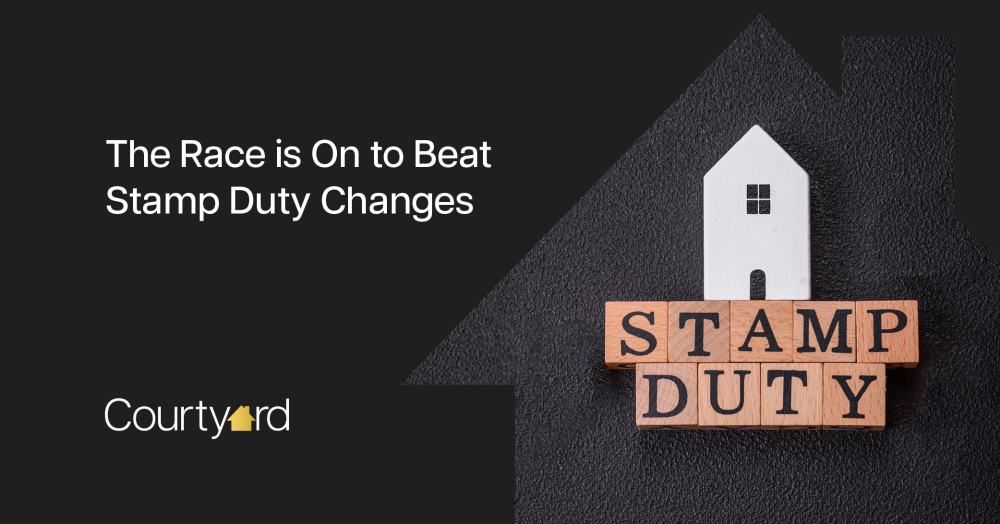Changes to Stamp Duty come into force next year. Read on to learn how much they'll cost you and how to deal with them effectively.
December is traditionally a quiet month in the property market - but that's not proving to be the case this year.
Buyer demand is up with the property portal Rightmove suggesting first-time buyers (FTBs) are leading the charge*.
So why is there so much momentum when buyers and sellers typically ease off in the run-up to Christmas?
As many industry experts predicted in the aftermath of the Autumn Budget, impending changes to Stamp Duty have generated a flurry of activity.
Stamp Duty Changes
Cast your mind back to September 2022, and you may recall that Kwasi Kwarteng announced Stamp Duty cuts as part of the now infamous 'Mini-Budget'.
When Jeremy Hunt took over as Chancellor shortly afterwards, he added a sunset clause that meant the Stamp Duty cuts would end on March 31, 2025.
And as the new Labour Government made no mention of extending the concessions in the Autumn Budget, they'll expire next year.
As a result, from April 1, 2025, Stamp Duty thresholds will return to what they were a few years ago.
(In a separate Autumn Budget measure, the second home surcharge that landlords and property investors pay on top of Stamp Duty was hiked, without notice, from 3% to 5%.)
What you'll pay
For FTBs in England and Northern Ireland, the threshold at which they start paying Stamp Duty will drop from £425,000 to £300,000.
First-Time Buyers Relief will also change and only apply to purchases of first homes up to £500,000 (currently, it's £625,000).
Meanwhile, for home-movers, the threshold will go from £250,000 back to £125,000.
The Stamp Duty rates will then apply as follows:
- The next £125,000 (the portion from £125,001 to £250,000) – 2%
- The next £675,000 (the portion from £250,001 to £925,000) – 5%
- The next £575,000 (the portion from £925,001 to £1.5 million) – 10%
- The remaining amount (the portion above £1.5 million) – 12%
Who will be bit the hardest?
The impact of the changes will depend on the price of the property you're purchasing and what type of buyer you are.
However, newcomers to the market will undoubtedly be among those most impacted. The proportion of FTBs getting dragged into paying Stamp Duty will double to 40% from April**.
FTBs with more money in their pocket to spend will feel the sting most.
For example, an FTB buying a home worth £310,000 will pay nothing under the current system, rising to £500 next April.
However, an FTB with a bigger budget, buying a £425,000 property, will pay nothing before April – and a hefty £6,250 after that.
For a home mover buying a £500,000 primary residence, their Stamp Duty bill will rise from £12,500 to £15,000 in April.
Implications for the market
The impact of the Stamp Duty changes will be most significant in higher-priced regions of England.
Indeed, Rightmove has reported an uptick in first-time buyer demand in these areas since the Autumn Budget*.
Buyers will have to move quickly, though, as transactions usually take several months to complete. It will be a matter of working against the clock (with an experienced estate agent to steer things along) to get a deal through.

